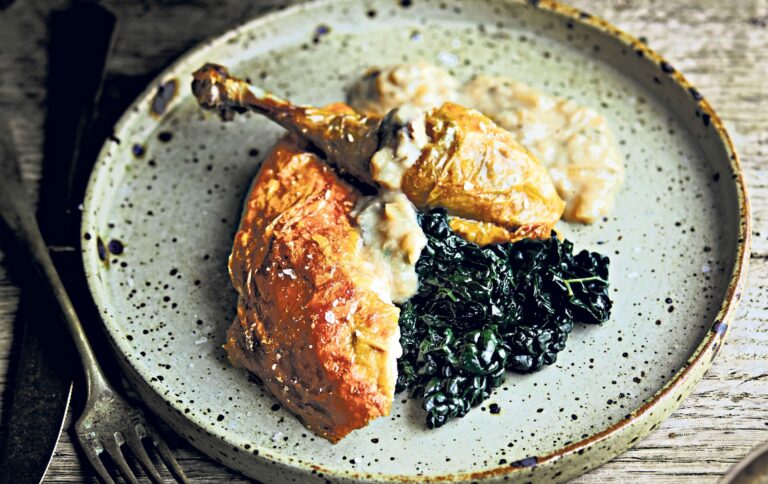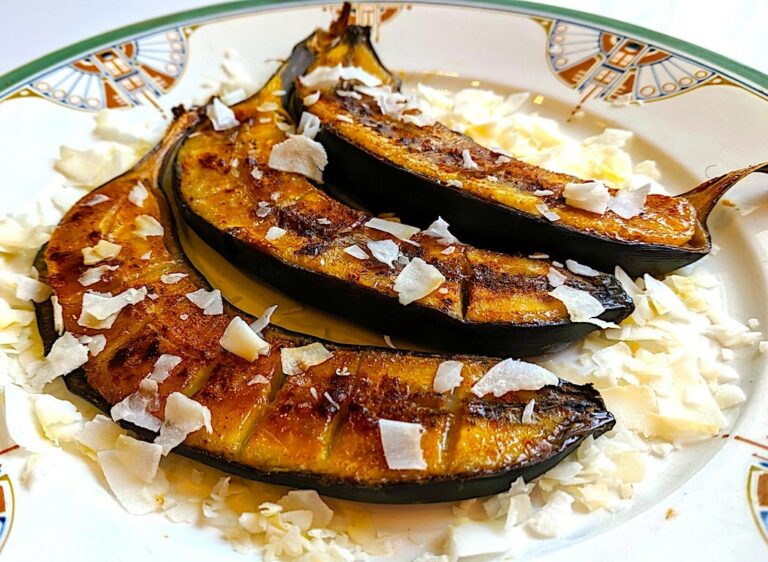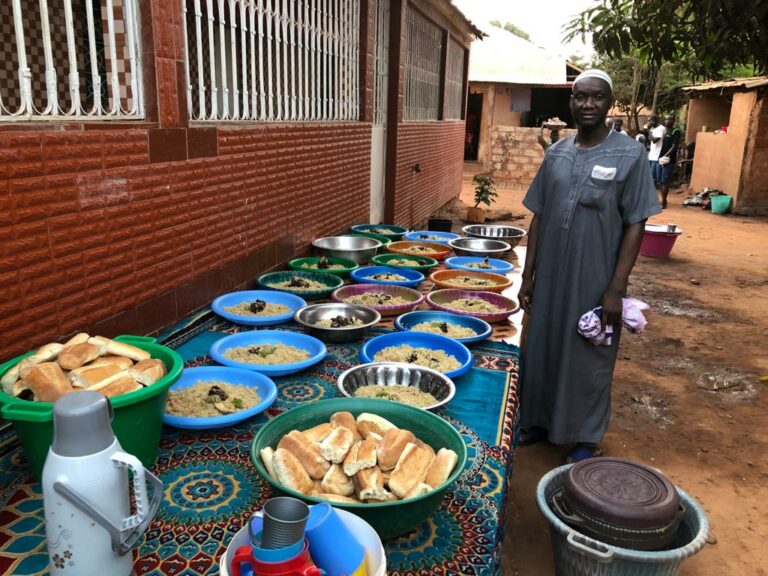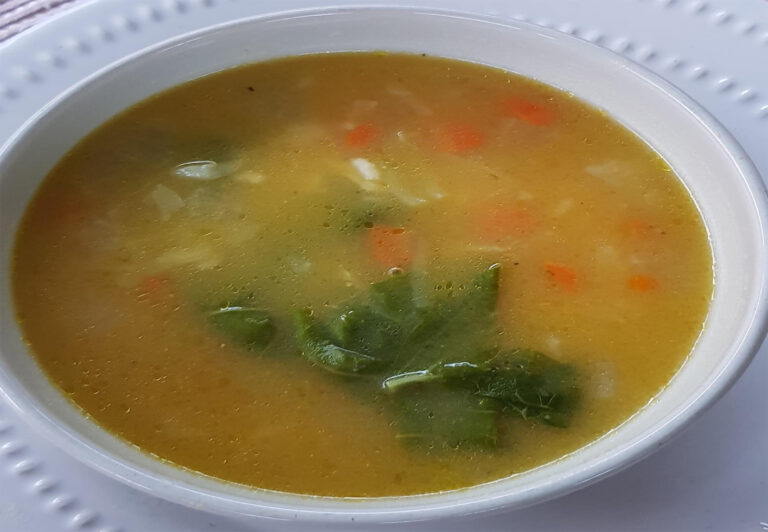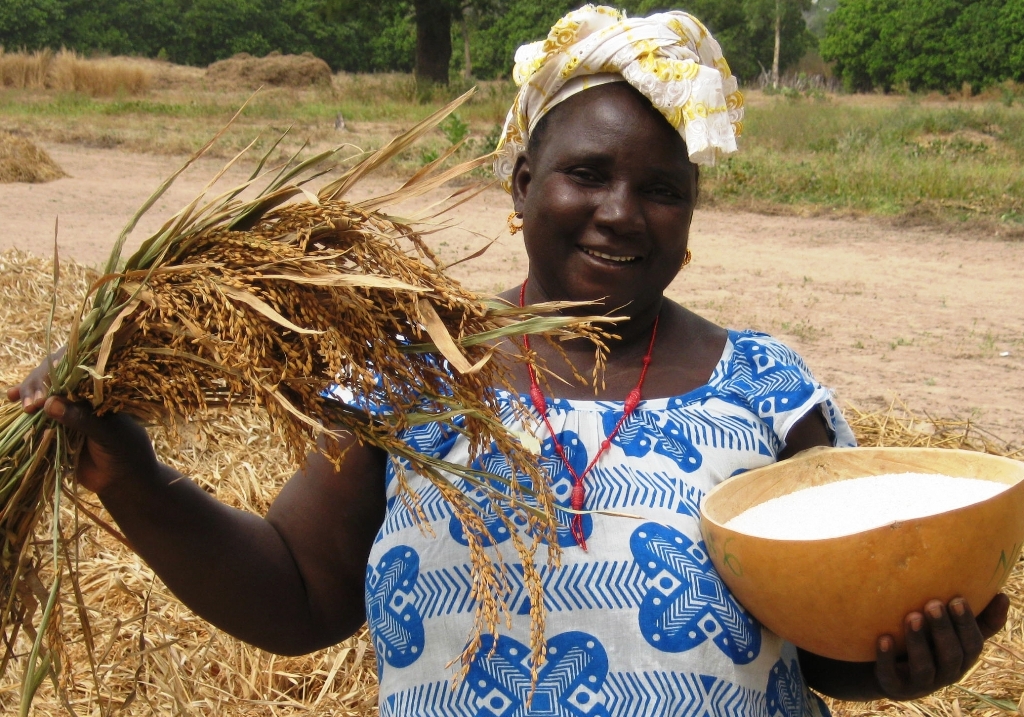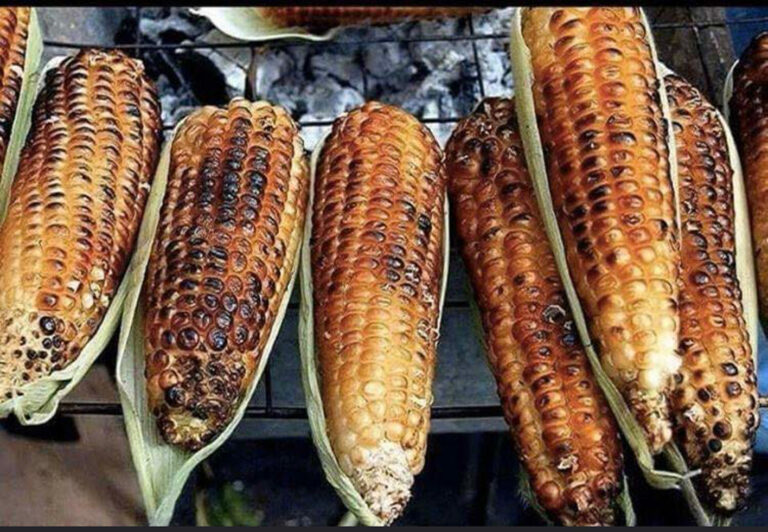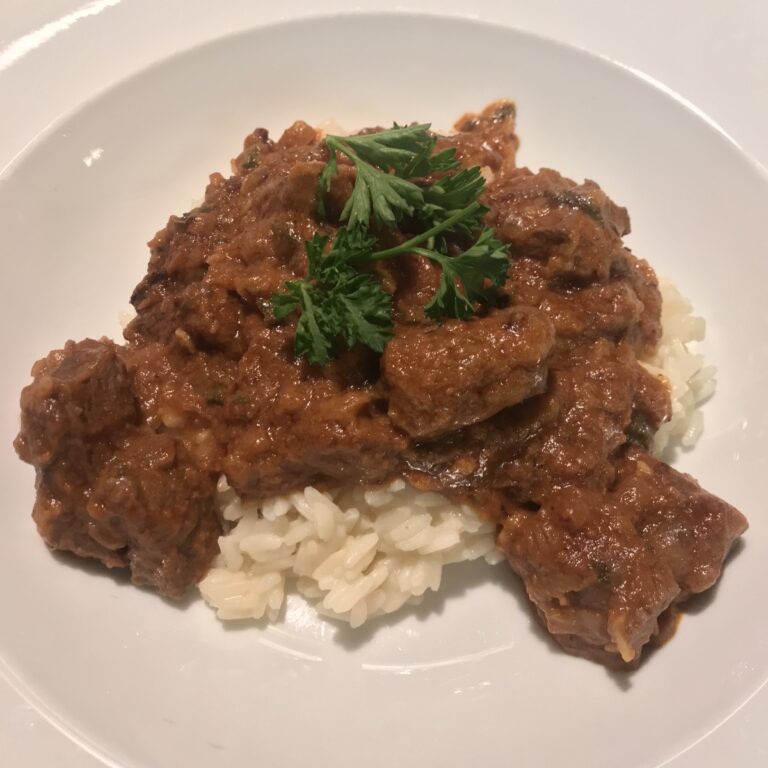Introduction: Exploring Guinean Cuisine
Guinea, the West African country, boasts a rich culinary tradition with unique flavors and ingredients. With its diverse ethnic groups and cultures, Guinean cuisine offers a variety of dishes that are sure to satisfy any palate. From the spicy sauces to the flavorful stews, Guinean dishes are a must-try for any food enthusiast.
Traditional Snacks: Discovering Unique Flavors
Guinean cuisine is not just about the main dishes, but it also offers a wide range of snacks and appetizers that are unique and flavorful. These snacks are a perfect accompaniment to tea or coffee or can be enjoyed as a light meal on their own. They are a great way to explore the diverse flavors of Guinean cuisine.
Pinda: A Savory Peanut-Based Treat
Pinda is a popular Guinean snack made from ground peanuts, onion, garlic, and chili pepper. It is usually served as a dip or spread on bread or crackers. Pinda has a rich, nutty flavor with a hint of spiciness that makes it a perfect snack for any occasion.
Kabakrou: Fried Plantains with a Twist
Kabakrou is a unique Guinean snack made from ripe plantains that are fried and served with a spicy tomato sauce. The twist in this dish is the use of tamarind, which adds a tangy flavor to the sweet plantains. Kabakrou is a perfect snack to enjoy with friends and family.
Beignets: Guinean Donuts with a Twist
Beignets are a must-try Guinean snack that come in various shapes and sizes. These donuts are made with yeast, flour, and spices and are deep-fried until golden brown. The twist in this snack is the use of cassava flour, which gives it a unique texture and flavor. Beignets are usually served with a sweet dipping sauce made from honey and sugar.
Biscuits Croquants: Crunchy Delights for Tea Time
Biscuits Croquants are crunchy, bite-sized biscuits that are perfect for tea time. These biscuits are made from flour, sugar, and butter and are baked until crispy. The addition of sesame seeds gives them a nutty flavor and a crunchy texture. Biscuits Croquants are a great snack to enjoy with a cup of tea or coffee.
In conclusion, Guinean cuisine has a lot to offer in terms of unique and flavorful snacks and appetizers. From the savory Pinda to the sweet Beignets, these snacks are a great way to explore the diverse flavors of Guinea. So, next time you visit Guinea or a Guinean restaurant, make sure to try these snacks and experience the rich culinary tradition of Guinea.

